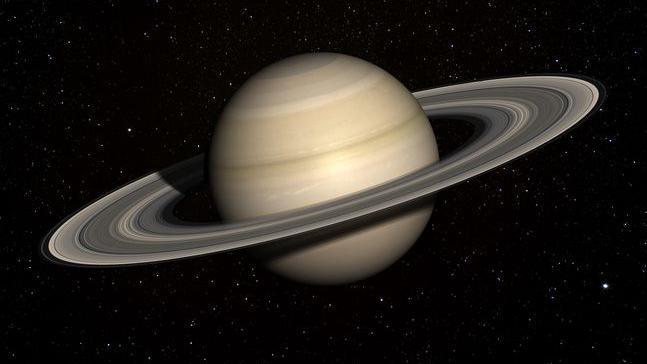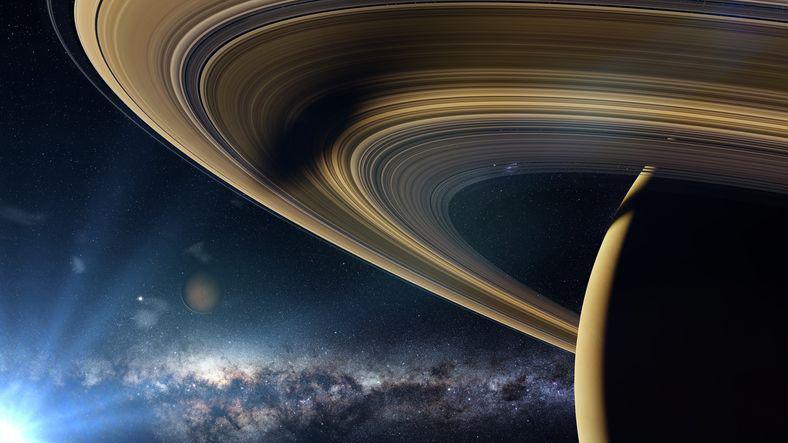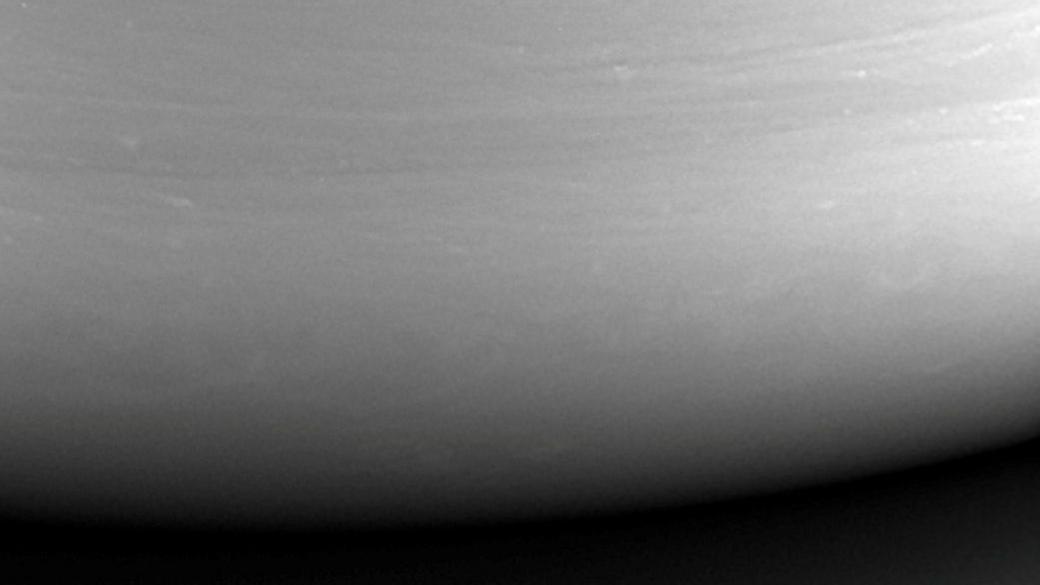Saturn's rings could be much older than first thought

- Published
When you think of Saturn, you probably picture the planet with its iconic rings around it.
The amazing rings are made up of lots of particles of different sizes, including water, ice and dust.
But the question of when they first formed has long puzzled experts.
A new study by scientists in Japan suggests that they could be much older than previously thought.
They think that instead of millions of years old - the rings could be BILLIONS of years old and are likely to be the same age as the planet itself.
More space news
- Published16 December 2024
- Published6 December 2024
- Published5 December 2024
What did scientists find?

Scientists already know Saturn itself is around 4.5 billion years old - the same age as the rest of the Solar System.
When Nasa launched its Cassini spacecraft in 1997 to study Saturn, its mission was to take pictures, giving the closest, most detailed look at Saturn's rings and its moons.
Observations made by the craft, helped experts calculate that the rings were around 400 million years old.
However, a new study by researchers at the Institute of Science Tokyo, suggests that they could be much older.
They used computer modelling to look at when they might have first formed and found that it could actually have happened 4.5 billion years ago - at the same time as the planet formed.
They also suggest that the reason why Saturn's rings look in such good condition is not because they are young, but because they are resistant to pollution.
Why will Saturn's rings disappear in 2025?

This black and white close-up image of Saturn was the last picture taken by Nasa's Cassini spacecraft in 2017
The grand sight of Saturn's rings are set to disappear from Earth's view in March 2025.
It's all down to an optical illusion, due to Saturn's tilt, which will turn the vast hoops into an almost invisible line.
Don't worry though, it won't be forever - as they will be visible again when the planet tilts back towards Earth at the end of next year.
